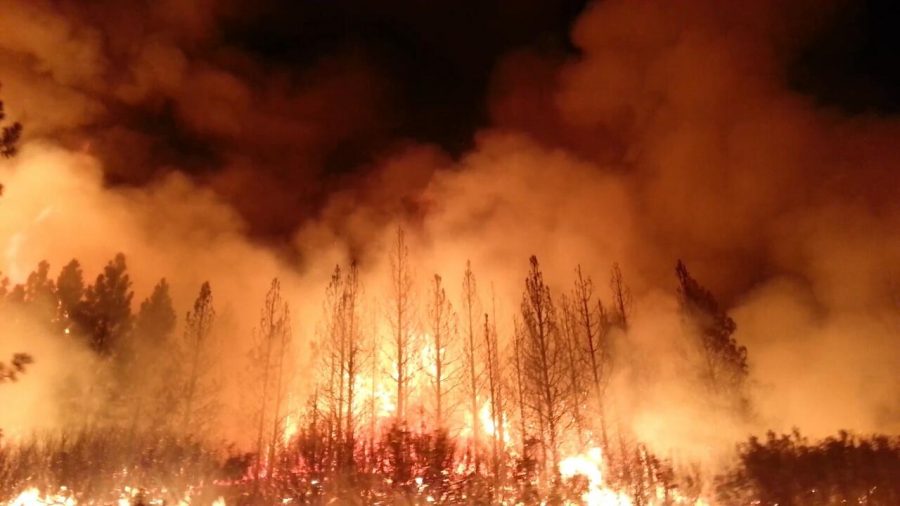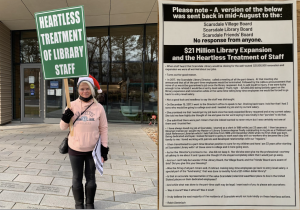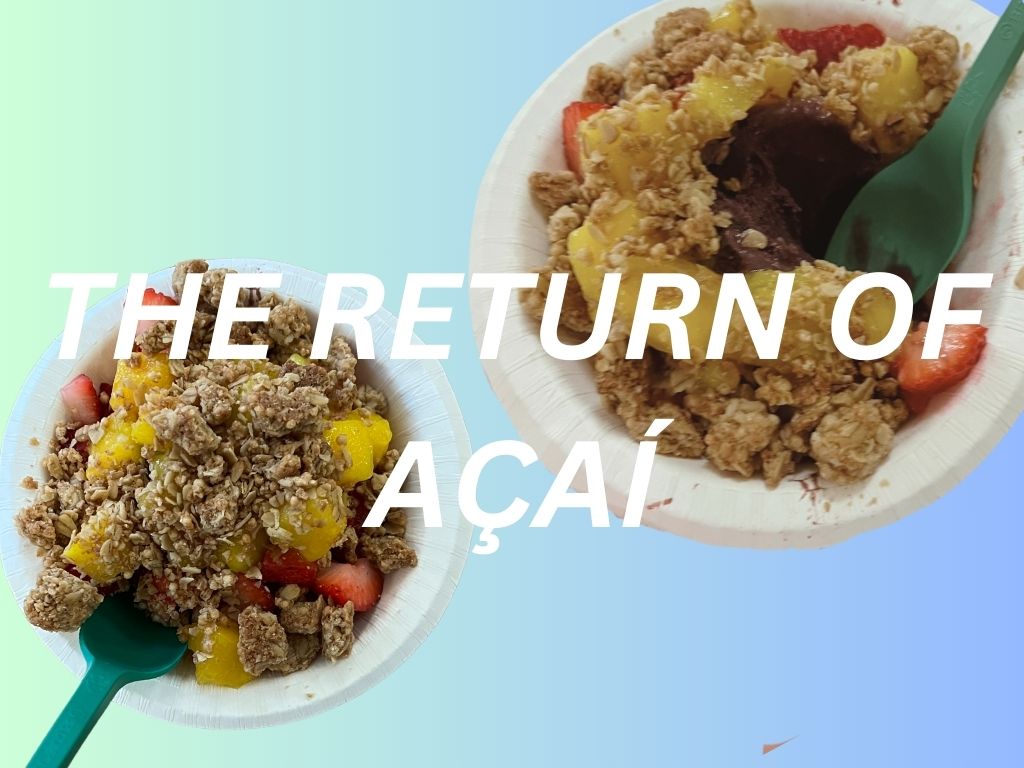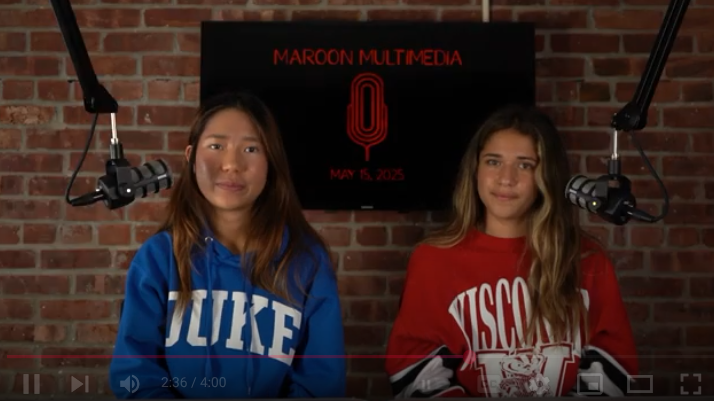Wildfire Season Strikes California
To support efforts to combat the Australian wildfires, the SHS student government is selling red wristbands for $2 for an indefinite period.
November 9, 2019
The 2018 California wildfires season was a catastrophic period in California with a total of 8,527 fires burning an area of 1,893,913 acres. Being in the midst of fall means only one thing to Californians nowadays: fire season. After evacuating their homes excessively last year, the civilians of Southern California finally caught a break from the destruction of these fires in the spring and summer. With that said, fire season has commenced yet again with the coming of November. Over the past two weeks in California, the raging fires have consumed thousands of acres of land and required people to escape their dwellings to move out of danger. To completely understand the wildfire crisis, one must understand the source of the fires, how global warming is intertwined with this issue, and how President Trump is handling this situation.
Believe it or not, but the wildfires of 2018 were significantly worse compared to the fires of this season so far. Studies have shown thus far that fires had burned 75,000 acres according to the state’s firefighting agency, while at this time last year there had already been 600,000 acres burned. Many researchers have concluded that one of the causes of the wildfires is human impact. It has been found that human involvement with electricity, leaving campfires unattended, and discard of cigarettes into nature have been causes of these blazing fires. A major reason for this decrease in harm produced by the wildfires is due to the establishment of safety and prevention programs. For example, the three big power companies of California (Pacific Gas and Electric, Southern California Edison and San Diego Gas & Electric) intentionally blacked out as a means of preventing wildfires caused by their equipment.
There is a direct relationship between climate change and wildfires. Climate change has led to droughts in California, producing dry vegetation. Furthermore, dry plants catch fire more easily, contributing to the spread and transition of small fires into wildfires. In addition, the rise in global temperatures has led to the quick melting of snow and drier soil. Essentially, these stressed forests brought about bark beetle insects have killed millions of trees, transferring them into kindling, small sticks that are highly flammable. This increase in kindling has further contributed to the spread of wildfires.
As for the efforts in diminishing this major issue, there is a strong divide between the California government and President Trump. Trump has publicly criticized the way Governor Gavin Newsom has addressed this issue. Trump claims to be allocating sufficient amounts of money to lessen this problem with federal funding, but he has pointed out that Newsom is not managing this problem properly. Trump has further threatened to send no more money for this cause unless there is progress made in attempting to lessen the occurrence of wildfires.
“Every year, as the fire’s rage and California burns, it is the same thing — and then he comes to the Federal Government for $$$ help. No more. Get your act together Governor,” said President Trump in response to Newsom’s actions taken to prevent wildfires.
Clearly there is not enough being done to resolve this issue that contributes to the deterioration of California’s ecosystems and forests. It all starts with citizens getting on the same page and taking preventative actions to treat our planet with more care. This issue is putting species in danger, along with destroying the homes of citizens, and is even taking some lives. If we sit back and allow these wildfires, it will only worsen in the future.
























